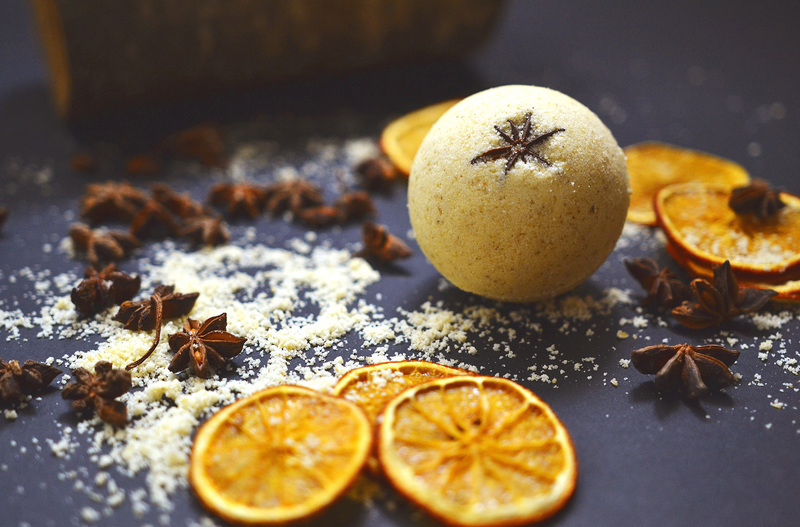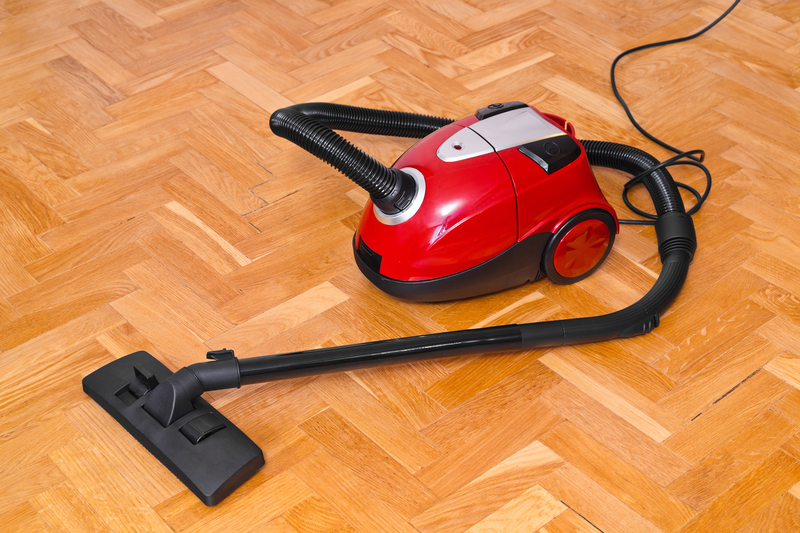Techniques for Wood Floor Repairs
Posted on 01/06/2025
Introduction
Wood floors add timeless elegance and warmth to any living space. However, over time, they can suffer from wear and tear, scratches, dents, and other forms of damage. Fortunately, there are several techniques for wood floor repairs that can help restore their original beauty. In this article, we will explore various methods to fix common wood floor problems and provide practical tips for maintaining your floors in top condition.

Identifying Common Wood Floor Issues
Before diving into the repair techniques, it's essential to identify the common issues that wood floors face. Some of the most frequent problems include:
- Scratches and scuffs
- Dents and gouges
- Water damage
- Stains and discoloration
- Loose or squeaky boards
Diagnosing the specific issue will guide you in choosing the most appropriate repair method.
Repairing Scratches and Scuffs
Scratches and scuffs are perhaps the most common problems with wood floors. Here are some effective techniques to repair them:
For Light Scratches
1. **Cleaning:** Start by cleaning the scratched area with a soft cloth and a gentle wood floor cleaner.
2. **Wood Floor Polish:** Apply a wood floor polish or a matching stain pen to disguise the scratch.
3. **Buffing:** Use a soft cloth to buff the area lightly.
For Deep Scratches
1. **Sanding:** Lightly sand the scratched area with fine-grit sandpaper.
2. **Staining:** Apply a wood stain that matches your floor color.
3. **Sealing:** Once the stain dries, seal the area with a clear finish to protect it.
Fixing Dents and Gouges
Dents and gouges can be more challenging to repair but are still manageable with the following techniques:
Using Water and Iron
1. **Moistening:** Dampen a cloth and place it over the dent.
2. **Ironing:** Heat an iron and set it to a medium temperature, then place it over the damp cloth for a few seconds. The moisture and heat will help swell the wood fibers and lessen the dent.
Wood Filler
1. **Cleaning:** Clean the gouge or dent with a soft brush to remove debris.
2. **Applying Filler:** Use a wood filler that matches your floor color to fill in the dent.
3. **Sanding and Staining:** Once the filler dries, sand it smooth and apply a matching stain.
Addressing Water Damage
Water damage can cause your wood floors to warp, buckle, or discolor. Here are the steps to address this issue:
1. **Dry the Area:** Use fans or dehumidifiers to dry the affected area completely.
2. **Sanding:** For minor damage, sanding the area can help remove the damaged surface.
3. **Replacing Boards:** In severe cases, you may need to replace the damaged boards entirely.
Removing Stains and Discoloration
Stains and discolorations can mar the appearance of wood floors. Here are some techniques to remove them:
1. **Hydrogen Peroxide:** For dark stains, apply hydrogen peroxide with a cloth and let it sit. This can help bleach the stain out.
2. **Baking Soda Paste:** For lighter stains, create a paste with baking soda and water and gently scrub the area.
Tightening Loose or Squeaky Boards
Loose or squeaky boards can be annoying, but they're relatively easy to fix:
1. **Screws or Nails:** Secure loose boards by adding finishing screws or nails. Make sure to countersink them and then fill the holes with wood filler.
2. **Powdered Graphite:** For squeaky boards, sprinkle powdered graphite between the boards to lubricate them and reduce noise.
Pros and Cons of Wood Floor Repairs
Pros
- **Cost-effective:** Repairing wood floors is often more affordable than replacing them.
- **Preserves Original Look:** Repairs help maintain the original charm and beauty of your wood floors.
- **Sustainability:** Extending the life of your wood floors is environmentally friendly.
Cons
- **Labor-intensive:** Some repair techniques require significant time and effort.
- **Skill Level:** Advanced repairs may require professional expertise.
- **Inconsistent Results:** DIY repairs can sometimes lead to uneven or less-than-perfect results.
Tips for Maintaining Wood Floors
1. **Regular Cleaning:** Sweep and mop your floors regularly to prevent dirt and grime buildup.
2. **Use Rugs and Mats:** Place rugs and mats in high-traffic areas to reduce wear and tear.
3. **Protect from Furniture:** Use furniture pads to prevent scratches from furniture legs.
4. **Avoid Excess Moisture:** Clean up spills immediately and avoid excessive water when cleaning.

Takeaways
Understanding and applying the right techniques for wood floor repairs can significantly prolong the life and enhance the appearance of your floors. By addressing common issues like scratches, dents, water damage, and stains, you can keep your wood floors looking their best.
Conclusion
Wood floor repairs can seem daunting, but with the right knowledge and techniques, you can handle most issues yourself. Remember to identify the problem, choose the appropriate repair method, and follow best practices for maintenance. While some repairs may require professional help, many can be accomplished with a little effort and the right tools. By maintaining and repairing your wood floors, you preserve their beauty and extend their lifespan, ensuring they remain a stunning feature of your home for years to come.







